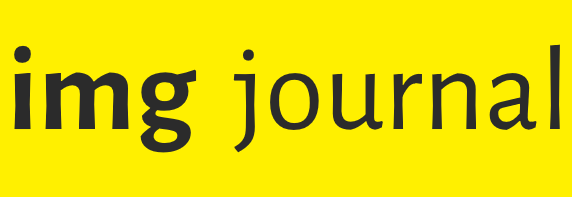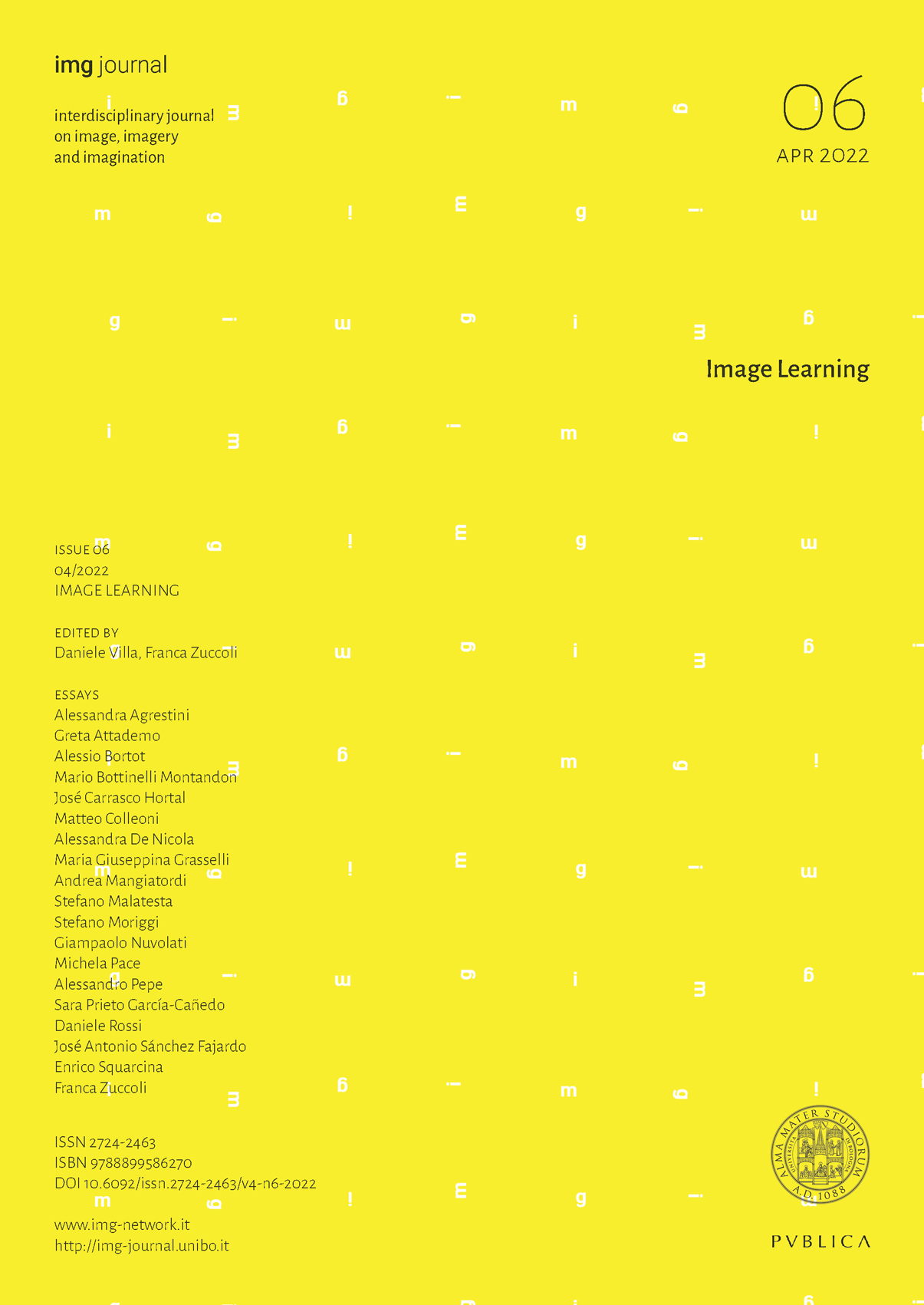Rainbows Between Art and Science. An Unconventional Analysis
DOI:
https://doi.org/10.6092/issn.2724-2463/14443Keywords:
Optics, Knowledge Images Learning, Visual Simulation, Modeling Learning, Art And ScienceAbstract
What do have in common a friar lived in the 17th century, a contemporary American artist of the Land Art movement and an Italian structural engineer popular between the two World Wars? The answer can be certainly found in the common scientific approach of the three authors, but more precisely in their shared passion for the natural phenomenon of rainbow. This paper focuses on the contextualization of studies related to this atmospheric phenomenon starting from the classical period – considering its depictions in the history of science and art. Between the protagonists of this story, whose approaches go from aesthetic researches to natural philosophy, we can find the friar Emmanuel Maignan (1601-1676): a scholar of optics who was the author of one of the most important gnomonic treatises in the Baroque period. Since 1980 the artist Charles Ross has used big glass prisms –precisely oriented– to project the chromatic spectrum within architectural scale installations. Then, in the early decades of the 20th century the engineer Arturo Danusso (1880-1968) developed a method to evaluate the tension stress of the reinforced concrete structures based on photoelasticity. In addition to the examination of the heterogeneous uses of rainbow in art and science, this paper also intends to focus on the relationship between light and optics intended as a ‘universal method’ to study natural phenomena over the centuries.
Downloads
Published
How to Cite
Issue
Section
License
Copyright (c) 2022 Alessio Bortot

This work is licensed under a Creative Commons Attribution 4.0 International License.





